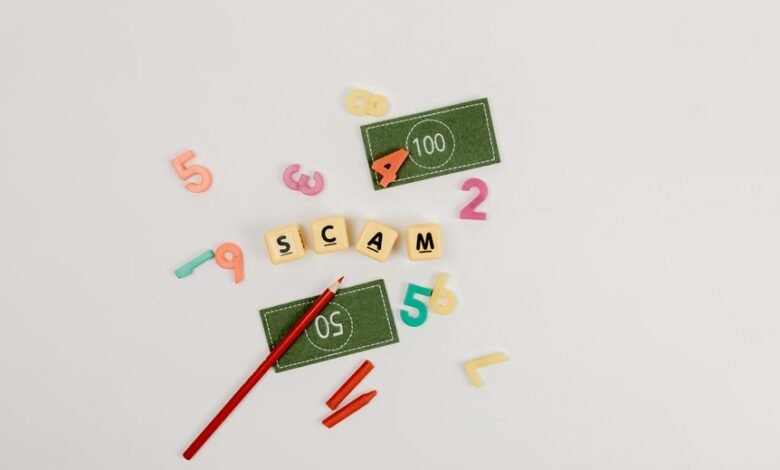Identify Scam Calls Safety Warning 3512282456 3388730372 3339394077 3248918894 3509546148 3510761194

Scam calls are increasingly common, with certain numbers like 3512282456, 3388730372, and others reported as suspicious. These calls often use aggressive tactics to extract personal information. Recognizing the signs of such scams is crucial for protecting one’s privacy. It is important to understand the nature of these calls and the methods employed by scammers. To safeguard against these threats, individuals must remain vigilant and informed. What steps can be taken to mitigate these risks?
Common Signs of Scam Calls
How can one identify a scam call amidst the myriad of legitimate phone communications?
Common signs include unfamiliar caller IDs, aggressive tactics, and requests for personal information.
Scammers often employ deceptive strategies to manipulate emotions, pressuring individuals to act quickly.
Recognizing these scam tactics can empower individuals to protect their freedom and privacy, ensuring they remain vigilant against potential threats to their security.
Analyzing Reported Phone Numbers
Analyzing reported phone numbers is a crucial step in identifying potential scam calls. By scrutinizing call patterns, individuals can discern trends that indicate fraudulent activity.
This process often reveals spoofed numbers, where scammers manipulate caller ID to appear legitimate. Understanding these elements empowers citizens to protect themselves from deceptive tactics, fostering a sense of freedom in communication and reducing vulnerability to scams.
Safety Tips to Avoid Scam Calls
Although scam calls can be relentless, there are several effective strategies individuals can employ to minimize their risk.
Utilizing call blocking features on smartphones can significantly reduce unwanted calls. Additionally, always practice phone verification before providing personal information, ensuring the legitimacy of the caller.
What to Do If You Receive a Scam Call
Receiving a scam call can be alarming, but it is crucial to remain calm and take immediate action.
First, do not engage with the caller. Instead, block the number to prevent future contact.
Report scams to relevant authorities to help protect others from similar experiences.
Staying vigilant and informed is essential for personal safety and maintaining one’s freedom from fraudulent schemes.
Conclusion
In a world where trust is often tested, vigilance remains key in guarding against scam calls. The reported numbers, including 3512282456 and 3388730372, serve as red flags signaling potential deceit. By recognizing common signs of fraud and employing safety measures, individuals can shield themselves from invasive tactics. Should a scam call ring through, it is imperative to remain calm and act decisively—block the number and report it, ensuring that the shadows of deception do not encroach upon personal privacy.




